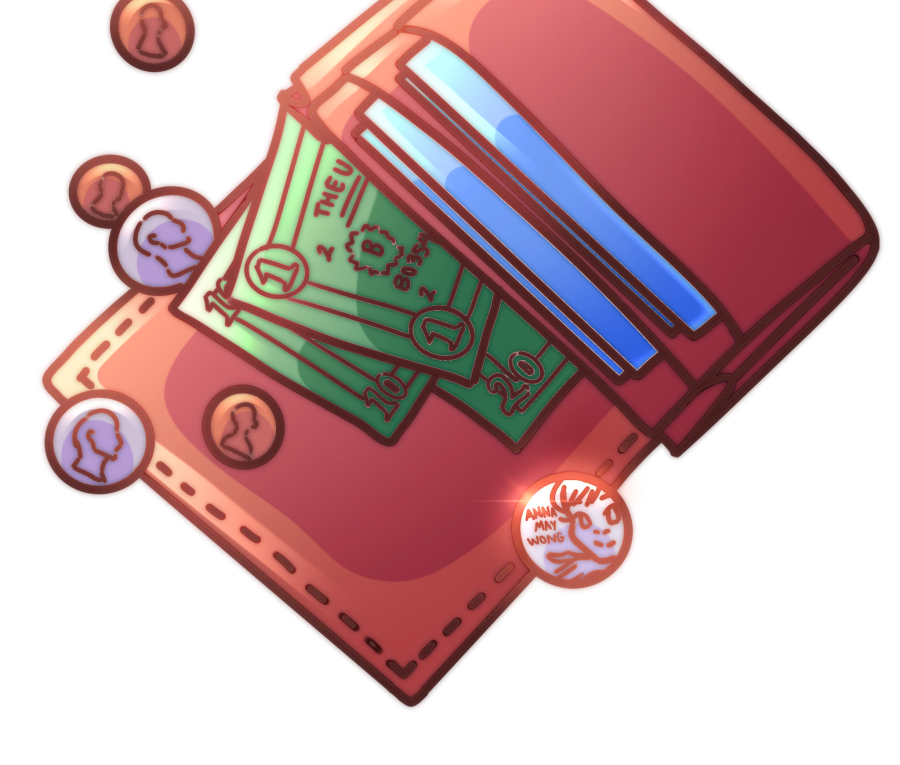To acknowledge the contribution of women to the nation, starting this year and continuing through 2025, the U.S. Mint is releasing five new quarters each year in its American Women Quarters Program. The most recent quarter released on Oct. 24 depicts actress Anna May Wong, the first Asian American woman to appear on U.S. currency.
Wong was the first Asian American actress to receive a star on the Hollywood Walk of Fame. She championed more Asian representation on screen, as well as more multidimensional roles for Asian women.
Due to the Chinese Exclusion Act, complex film roles for Asian Americans in the U.S. were limited from 1882 until the Act’s repeal in 1943. Despite the adversity Wong faced in Hollywood, she was one of the first Asian American actresses to gain international recognition.
“I really feel that she represented so much more than just a woman who was Asian American and received some mainstream acclaim,” school board candidate Nicole Chiu-Wang said. “She stood up for gender equity and against stereotypes and really was ahead of her time as a trailblazer. That’s the reason why I’m so grateful that she’s on the quarter, because of everything she stood for, and I hope it encourages more people to learn more about her.”
Senior Yasmin Friedrichowitz said Wong was a good choice for a woman to honor on a quarter as she was a pioneer for Asian representation in media.
“Since she was the first Asian American movie star (to bring) this kind of representation to the screen, she helped other Asian American women gain opportunities in the film industry, ” Friedrichowitz said.
Looking more broadly, Chiu-Wang said she thinks the American Women Quarters program is an effective way for important women in U.S. history to gain the recognition they deserve without receiving pushback from the public.
“Think back to the school renaming we had in Palo Alto, and that was a big kind of catastrophe,” Chiu-Wang said. “We need to come to terms with our history. But I think there are other ways that can work that are much less controversial, like giving this positive representation of different contributions made from other ethnic groups that were really vital to creating the United States we know today.”
Friedrichowitz said the quarters might encourage more people to learn about historical figures they may have not heard of prior to the release of the new coins.
“Having people of different backgrounds on the coin would definitely make people more curious about their backgrounds and what they did to contribute to the country,” Friedrichowitz said.
According to Chiu-Wang, many people have voiced their support and appreciation for this new representation of diverse women on U.S. currency. Yet, she said a common question that arises is why the U.S. did not implement the program and put women from different ethnic backgrounds on currency a long time ago.
Chiu-Wang said she appreciates the American Women Quarters Program, despite the fact that it happened much later than she would have liked.
“I think the silver lining is the fact that we’ve got a tidal wave of support for issues faced by communities of color,” Chiu-Wang said. “Obviously, I would have preferred it happened earlier, but I think we’re ready for this now.”
Chiu-Wang said she hopes historically underrepresented communities will continue to gain recognition and representation in the U.S. through this program.
Chiu-Wang said, “We should remember not to say, the work is done, because it’s not. We can be grateful that we have this, but we won’t stop pushing.”

